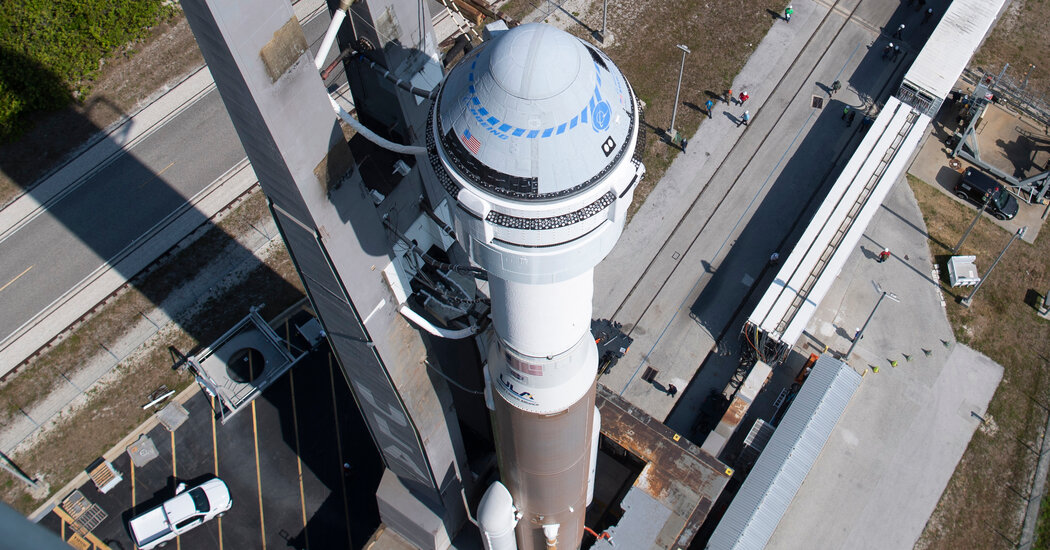Why it matters: It takes NASA two trips to get to orbit.
To get to and from the space station, NASA currently relies on SpaceX, the company founded by Elon Musk. SpaceX launched its first team of astronauts to orbit in May 2020, aboard its Crew Dragon capsule, and has since lifted eight more crews to the space station.
But NASA has also hired Boeing to build a capsule so that one can act as a backup if something goes wrong with the other.
“NASA urgently needs a second provider for crew transportation,” Steve Stich, the agency’s Commercial Crew Program manager, said during Thursday’s news conference.
Background: What came after the Space Shuttle program.
NASA once relied on the space shuttle to transport astronauts to and from space. When those vehicles were decommissioned in 2011, the agency had to rely on the Russian Soyuz spacecraft, and did so for nearly a decade.
To restore its autonomy, the agency started a program, Commercial Crew, that would rely on private companies to build spacecraft that could carry astronauts on NASA missions. In addition, NASA would become a customer of the companies and pay for rides on the vehicles rather than owning them outright as with the space shuttles.
SpaceX is one of those providers and Boeing would be the other.
Boeing’s Starliner capsule has already flown into orbit twice without astronauts on board. The first flight, in December 2019, was intended as a precursor to a flight with astronauts on board. But a series of software errors in space compromised the flight, leading NASA to label it a “high-visibility close-call” after an investigation.
A second unmanned flight in May 2022 was more successful. But it was originally supposed to have taken place in August 2021. Before that flight, engineers discovered that valves in Starliner’s propulsion system were stuck and the vehicle had to be recalled from the launch pad and sent to the factory for repair.
The technical issues were a burden to Boeing, which has reported $883 million in losses on the vehicle through October 2022.
But the company said it had no plans to back out of its bid to build Starliner.
“There are growing pains in developing a vehicle and operating a vehicle — we’re very close,” said Mark Nappi, Boeing’s vice president and program manager for Starliner. “It’s just part of the business to have this kind of problem.”
What’s Next: Boeing and NASA will review repairs.
Mr. Stich said it is possible that the Starliner could visit the space station this fall, but that it depends on how quickly the problems with the parachutes and wiring can be resolved.
After re-entering Earth’s atmosphere, the Starliner capsule carefully returns to Earth under three parachutes. Engineers found that parts of the lines connecting the spacecraft to the parachutes could not withstand the load on the capsule if only two of the three parachutes deployed properly. Boeing said in a statement it expected to conduct parachute tests before scheduling another launch attempt.
The wiring problem concerns the hundreds of meters of tape wrapped around Starliner’s internal wiring. In some cases, the tape adhesive may be flammable. Mr Nappi said engineers were considering putting a different kind of wrap around the tape in areas where the fire risk was highest.
“You could say we’re disappointed because it means a delay,” Mr Nappi said. “But the team is proud that we made the right choices.”

